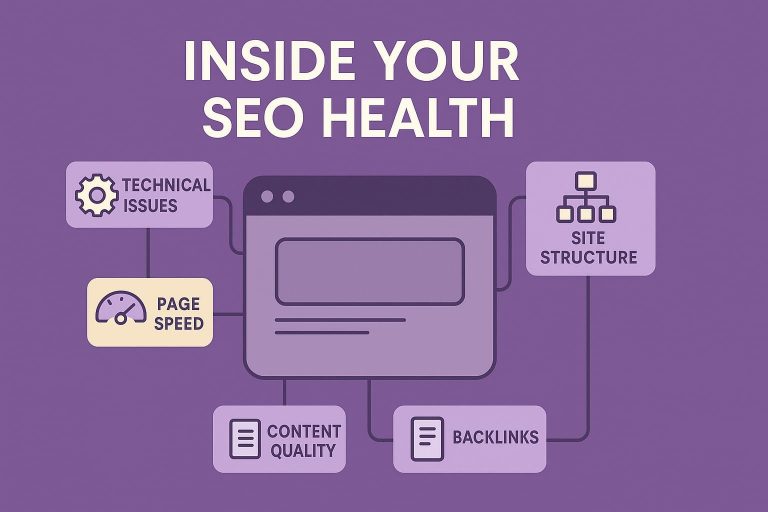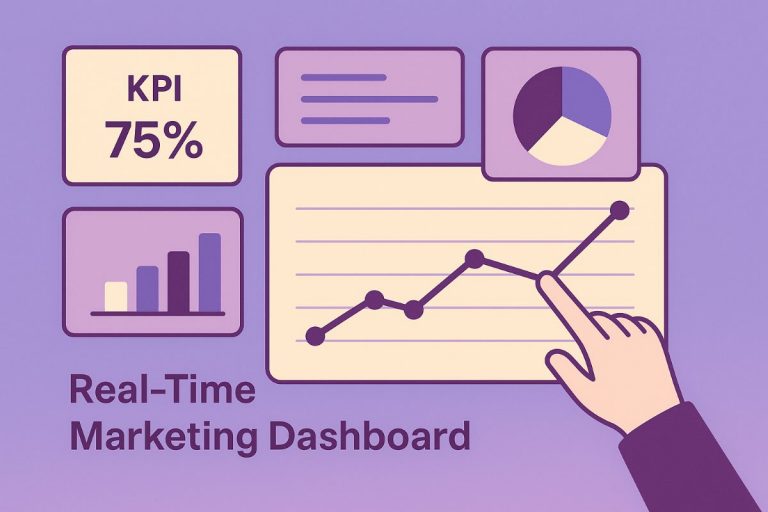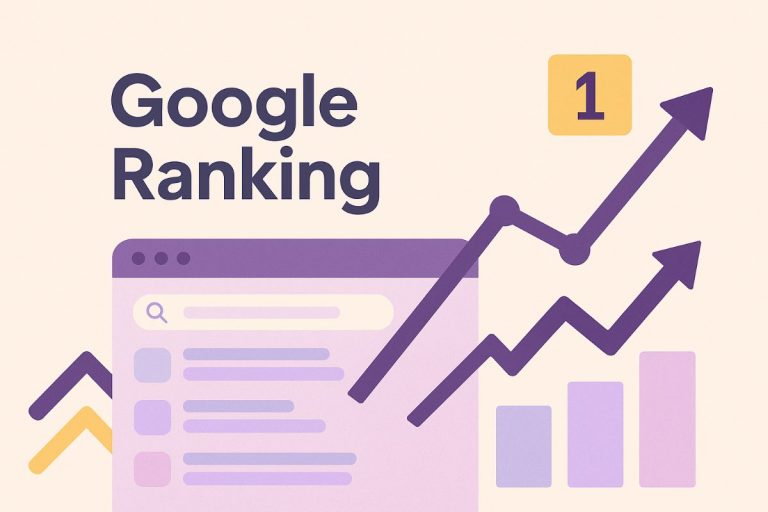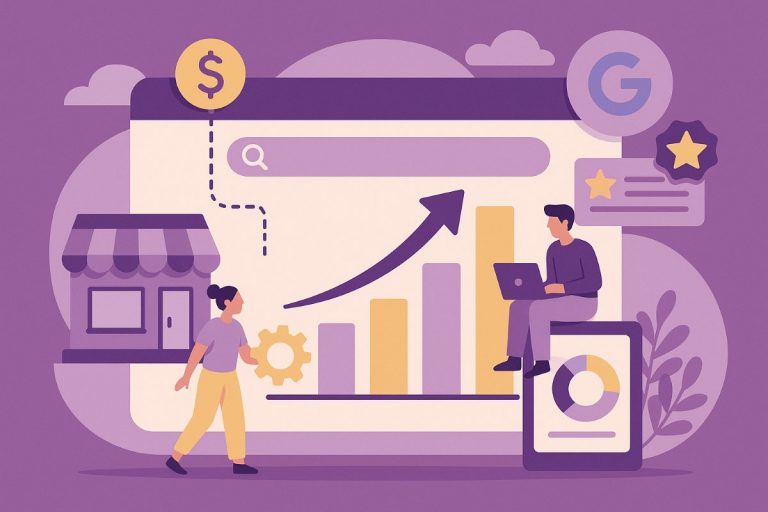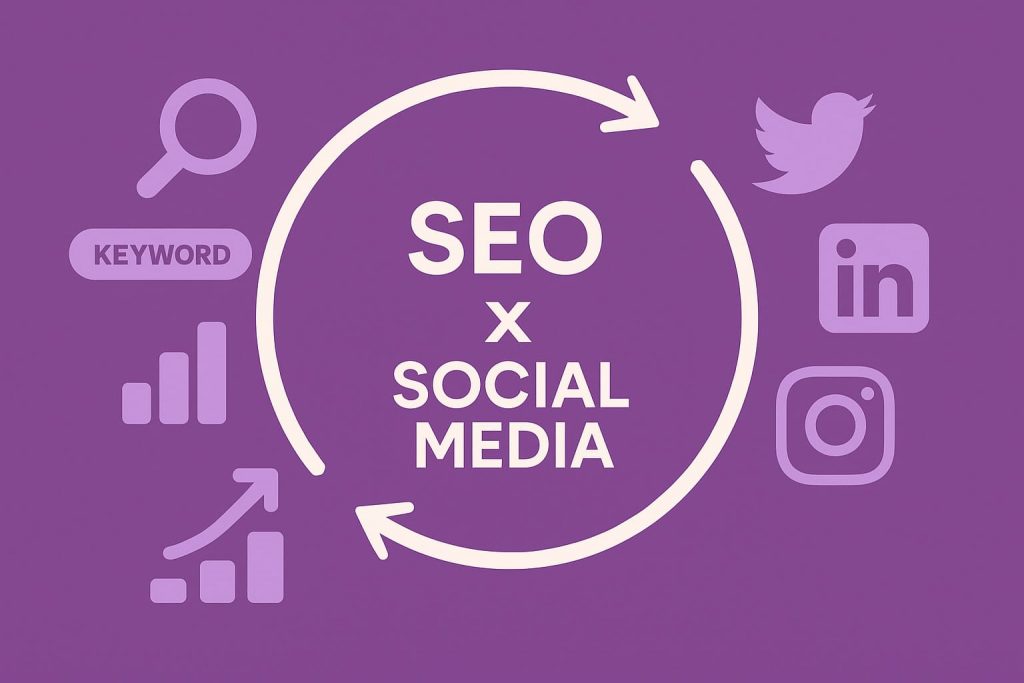
- Understanding the Relationship Between SEO and Social Media Strategy
- The Truth About Social Signals and Search Rankings
- Social Media Platforms as Search Engines: The New Frontier
- How Social Media Indirectly Boosts Your SEO Performance
- Platform-Specific Search Optimization Techniques
- Strategic Integration: Making SEO and Social Media Work Together
- Proven Social Media Approaches That Enhance SEO
- Measuring Success: Framework for Tracking Integrated Performance
- Future Trends: Where SEO and Social Media Are Heading
- Conclusion: Your Framework for Unstoppable Digital Growth
- FAQs
Here’s the reality: most marketing teams treat SEO and social media as separate channels, missing the compounding effects of strategic integration. SEO specialists optimize for Google while social media managers chase engagement—never connecting the dots that could multiply their results.
Companies mastering this integration don’t just rank higher or gain more followers—they create unstoppable momentum where each channel amplifies the other. This guide shows you exactly how to make SEO and social media work together to dominate your market.
Understanding the Relationship Between SEO and Social Media Strategy
Think of SEO and social media as two engines powering the same vehicle. Search optimization builds your foundation—the long-term visibility that drives consistent traffic. Social media acts as the accelerator, amplifying reach and creating immediate engagement that feeds back into search performance.
The mistake? Treating them as separate destinations. Smart digital marketing integration recognizes that social signals influence search visibility, while SEO-optimized content performs better on social platforms. When your Instagram post drives traffic that decreases bounce rates, or your viral TikTok video generates branded searches, you’re witnessing this relationship in action. The channels don’t just coexist—they multiply each other’s effectiveness.
The Truth About Social Signals and Search Rankings
Let’s clear up the biggest misconception: Google doesn’t use social media engagement as a direct ranking factor. John Mueller confirmed this multiple times—your tweet’s retweets won’t directly boost your search position. But dismissing social media’s SEO value because of this technicality misses the real story.
Social signals create indirect benefits that genuinely move the needle. When content gains traction on social platforms, it reaches potential linkers, generates traffic that improves user engagement metrics, and builds brand awareness that drives branded searches. A viral LinkedIn post won’t magically rank your website higher, but the industry influencers who discover and link to your content because of that post absolutely will. Stop chasing direct correlation and start leveraging the authentic connections that drive search rankings through legitimate channels.
Myths vs. Facts:
| Myth | Fact |
|---|---|
| Social shares directly improve rankings | Social activity creates indirect benefits through traffic, engagement, and link opportunities |
| More followers = higher search rankings | Brand awareness drives branded searches, which do influence authority |
| Social media replaces SEO | These channels complement each other for maximum impact |
| Google crawls social media posts for ranking | Google primarily uses social signals for indexing speed and discovery, not ranking |
Social Media Platforms as Search Engines: The New Frontier
Here’s what changed: according to Google’s own internal research, nearly 40% of young people (ages 18-24) looking for a place to eat don’t start with Google Maps or Search—they turn to TikTok or Instagram. This isn’t a trend—it’s a fundamental shift in how audiences discover information, products, and brands. Social platforms evolved from networking spaces into legitimate search destinations with their own algorithms, keyword systems, and optimization requirements.
Adobe’s 2024 research reveals that 64% of Gen Z consumers in the United States have used TikTok as a search engine. TikTok users search for everything from cooking tutorials to product reviews. Instagram’s search function surfaces posts, Reels, and accounts based on keywords in captions, profiles, and alt text. YouTube maintains 2.53 billion monthly active users, functioning as the world’s second-largest search engine. Pinterest users conduct 2 billion searches monthly, actively seeking ideas and inspiration with high purchase intent.
This transformation demands a new approach to social media optimization. Your Instagram caption isn’t just social content—it’s searchable text that determines discoverability. Your TikTok video description competes against thousands of others for keyword visibility. Ignoring platform-specific search behavior means leaving massive discovery opportunities on the table, especially with younger audiences who might never visit Google to find you.
Social Platform Search Statistics:
- 64% of Gen Z use TikTok as a search engine (Adobe, 2024)
- Nearly 40% of young adults (18-24) prefer TikTok/Instagram over Google for local search (Google internal data, 2024)
- YouTube has 2.53 billion monthly active users as world’s second-largest search engine (2025)
- Pinterest processes 2 billion searches monthly with 96% being unbranded searches
- 45% of Gen Z prefer social searching on TikTok and Instagram over Google (Bernstein Research, 2024)
How Social Media Indirectly Boosts Your SEO Performance
The connection isn’t mystical—it’s mechanical. Social media amplifies content reach, which exposes it to potential linkers. Increased visibility drives traffic, which sends positive user engagement signals to search engines. Brand awareness from social presence generates direct searches for your company name, strengthening domain authority.
These pathways create compounding effects. A single piece of content shared across social channels can trigger a cascade: social engagement leads to website traffic, quality traffic reduces bounce rates, visitors share the content, bloggers discover and link to it, and increased authority improves rankings for competitive keywords. Each element reinforces the others in a cycle that builds momentum over time.
The Compounding Effect. How Social Media Fuels SEO Success:
Social Media Activity → Content Amplification → Increased Visibility → Traffic Generation → Engagement Signals → Link Opportunities → Authority Building → Improved Rankings → More Visibility (cycle continues)
Driving Qualified Traffic That Search Engines Notice
Traffic quality matters more than volume. When social media drives visitors who spend three minutes reading your content instead of three seconds bouncing away, search algorithms take notice. Google’s systems analyze user behavior—dwell time, pages per session, return visits—to assess content quality and relevance.
Social platforms help you target specific audiences likely to engage meaningfully with your content. LinkedIn reaches professionals interested in B2B solutions. Pinterest attracts users with high purchase intent. TikTok delivers younger demographics actively seeking entertainment and information. This targeting capability means social referral traffic often outperforms generic search traffic in engagement metrics, sending powerful quality signals that influence rankings.
How Traffic Sources Compare in Quality
Understanding traffic behavior helps optimize your integrated strategy. Research from Orbit Media’s analysis of 501 Google Analytics accounts reveals clear patterns:
- Organic search traffic maintains bounce rates around 44-56%, while social media traffic typically bounces at 54-68%.
- Session duration varies significantly by source—organic and direct traffic consistently show the longest engagement times, while social media traffic has “notoriously low” session durations.
- Conversion rates tell an important story: Ruler Analytics’ 2025 study across 14 industries found organic search converts at 2.7% on average, compared to 1.5% for social media traffic.
These differences don’t mean social media underperforms—they reflect different user intent. Social visitors discover content while browsing; organic searchers arrive with specific questions. The strategic opportunity lies in using both channels complementarily: social media builds awareness and reaches new audiences, while organic search captures high-intent users ready to engage deeply or convert.
Building Brand Awareness That Generates Search Demand
People can’t search for brands they’ve never heard of. Social media solves this discoverability problem by introducing your brand to audiences who wouldn’t find you through search alone. As brand awareness grows, so does the volume of branded searches—direct queries for your company name, products, or unique offerings.
Branded searches are gold for SEO. They signal strong brand authority to search engines, typically face zero competition, and convert at higher rates than generic keywords. When your social media presence consistently exposes thousands to your brand, a percentage will inevitably turn to Google to learn more, creating search demand that boosts your overall domain authority and strengthens rankings across all keywords.
Amplifying Content Reach for More Backlink Opportunities
Quality backlinks remain one of the strongest ranking factors, but earning them requires visibility. Social media acts as a content distribution engine, exposing your work to journalists, bloggers, and industry websites that might link to valuable resources. The more eyes on your content, the higher probability someone with linking authority discovers it.
This process follows a clear pattern: publish strong content, share strategically across social channels, engage with influential accounts in your space, watch as your content spreads through networks, and earn links from those who find genuine value. One viral Twitter thread can generate dozens of backlinks as media outlets and bloggers reference your insights.
5-Step Content Amplification for Backlinks:
- Publish High-Value Content – Create resources worth linking to (original research, comprehensive guides, unique data).
- Strategic Social Sharing – Post across platforms where your target linkers spend time (Twitter for journalists, LinkedIn for B2B professionals).
- Engage Industry Influencers – Tag relevant accounts, join conversations, build relationships with potential linkers.
- Monitor and Respond – Track mentions, answer questions, provide additional context that positions you as an authority.
- Follow Up Opportunities – When content gains traction, reach out directly to journalists and bloggers who might find it useful.
Platform-Specific Search Optimization Techniques
Each social platform has unique search algorithms and ranking factors. What works on Instagram fails on LinkedIn. TikTok prioritizes different signals than YouTube. Generic social media optimization leaves performance on the table—platform-specific tactics maximize discoverability where your audience actually searches.
Brands optimizing for platform-specific search algorithms see 3-5x higher discoverability than those using one-size-fits-all approaches. Your content competes within each platform’s search ecosystem, where understanding the rules gives you a decisive advantage.
| Platform | Primary Search Ranking Factors | Optimization Tactics | Key Focus Areas |
|---|---|---|---|
| Hashtags, captions, alt text, profile keywords | Use 15-20 relevant hashtags, keyword-rich captions, optimize alt text | Discoverability through Explore page | |
| TikTok | Video captions, trending sounds, hashtags | Include keywords in captions, use trending audio, strategic hashtags | For You page algorithm |
| YouTube | Title, description, tags, closed captions, watch time | Keyword-optimized titles/descriptions, accurate tags, full transcripts | Search results and suggested videos |
| Profile keywords, post engagement, connections | Optimize headline and about section, use industry keywords | Professional search and feed visibility | |
| Pin descriptions, board titles, image alt text | Detailed descriptions with keywords, SEO-friendly board names | Visual search and category feeds | |
| Page information, post engagement, groups | Complete business info, keyword-rich posts, active community | Local search and recommendations |
Instagram SEO: Optimizing for Discoverability
Instagram’s search evolved into a sophisticated discovery engine indexing captions, alt text, profile information, and hashtags. Your Instagram SEO strategy should treat every element as searchable text helping the right audience find you.
Start with profile optimization—your name field accepts 30 characters and appears in search results, so include relevant keywords beyond just your brand name. Include 15-20 relevant hashtags mixing popular terms with niche phrases. Always add alt text to images—Instagram’s algorithm uses this for accessibility and searchability, giving you another opportunity to include keywords describing your content.
TikTok Keyword Optimization: The New Frontier
TikTok’s emergence as a search platform caught many marketers off guard, but younger audiences increasingly turn to the platform for discovery and information. The platform’s search algorithm analyzes video captions, on-screen text, audio, and hashtags to determine relevance and ranking.
Your TikTok keyword strategy starts with caption optimization. Include target keywords naturally in the first line—the text visible before users click “more.” Use conversational phrases matching how people actually search. Trending sounds create unique opportunities—when you use popular audio, your video enters that sound’s ecosystem. On-screen text also gets indexed, so overlay key phrases that reinforce your topic and improve searchability.
YouTube SEO: Advanced Tactics Beyond Basic Optimization
Beyond obvious title and description optimization, advanced YouTube SEO leverages less obvious ranking factors. The platform’s algorithm prioritizes watch time above all else—videos keeping viewers engaged rank higher than those with higher view counts but poor retention.
Closed captions and transcripts provide searchable text that dramatically improves discoverability. Upload accurate transcripts rather than relying on auto-generated captions—this improves both accessibility and SEO. Engagement signals matter enormously. Strategically ask questions at specific timestamps to encourage comments. Use cards and end screens to keep viewers watching more of your content, increasing session watch time—a powerful ranking factor Google’s algorithm heavily weights.
Strategic Integration: Making SEO and Social Media Work Together
Integration fails when teams work in isolation. Success requires unified strategy where content serves both SEO objectives (search rankings, organic traffic) and social goals (engagement, brand awareness, community building). This isn’t about doing more work—it’s about strategic coordination that multiplies effectiveness across channels.
The framework is straightforward: identify topics with both search volume and social interest, create comprehensive content optimized for search, then atomize it into social-friendly formats that drive traffic back to the source. This approach builds compounding momentum where each channel reinforces the others in a cycle that builds authority and visibility over time.
Content Planning for Maximum Cross-Channel Impact
Effective cross-channel content planning starts with identifying topics that perform well in both search and social contexts. Research these opportunities using keyword tools for search data and social listening for trending conversations. Create core content targeting the keyword, then develop social assets that engage with the trending conversation while driving traffic to the comprehensive resource.
Content repurposing is your multiplier. A pillar blog post generates a dozen social content pieces—quote graphics, short videos, carousel posts, Twitter threads. Each piece stands alone on social media while directing engaged audiences to the full resource for search traffic and conversion opportunities.
Content Types That Excel Across SEO and Social:
- How-to Guides – Strong search intent, highly shareable on social platforms
- Industry Research & Data – Generates backlinks, performs well as LinkedIn and Twitter content
- Case Studies – Converts searchers, engages social audiences with real results
- Tool Comparisons – High commercial intent for SEO, generates discussion on social
- Templates & Resources – Attracts organic traffic, shared widely for utility value
- Opinion Pieces on Trends – Leverages social virality, ranks for timely search queries
Keyword Research That Informs Both Strategies
Traditional keyword research focuses exclusively on search volume and difficulty. Integrated keyword research adds social listening to identify how your audience actually talks about topics, revealing language patterns that improve both search rankings and social engagement.
Start with standard keyword tools to identify high-value search terms. Then validate and expand these using social listening platforms—what phrases do people use when discussing these topics on Twitter, Reddit, or LinkedIn? This reveals semantic variations search engines recognize while ensuring your social content resonates with authentic audience language.
At Lead Craft, we specialize in comprehensive keyword research that bridges the gap between search behavior and social conversations. Our integrated approach to SEO and social media optimization has helped businesses achieve remarkable growth by identifying content opportunities that perform well across all digital channels. This strategic foundation ensures every piece of content serves multiple objectives, maximizing return on creation investment.
Measuring Cross-Channel Impact and Attribution
The biggest challenge in integrated strategies is measuring how channels influence each other. Social traffic visiting your site improves engagement metrics that boost rankings—but how do you quantify this? Attribution modeling provides the framework for understanding these interconnected effects.
Start with UTM parameters on all social links to track traffic sources accurately in Google Analytics. Set up goals measuring key conversions. Use multi-touch attribution to credit social media for assists even when organic search gets the final click. Advanced measurement tracks correlation between social activity and ranking improvements. When you launch a major social campaign, watch how rankings for target keywords respond over the following weeks. These connections won’t show in standard analytics but reveal the true impact of integration.
Proven Social Media Approaches That Enhance SEO
Theory is useless without tactical application. These specific social media tactics directly support SEO objectives through legitimate mechanisms that improve rankings, build authority, and drive qualified traffic. Implementation requires consistent effort, but results compound over time as each tactic reinforces the others.
Strategic Profile Optimization for Search Visibility
Your social media profiles appear in both platform searches and Google searches for your brand name. Optimized profiles strengthen branded search results, control your narrative, and provide immediate touchpoints for people researching your company. This real estate is too valuable to waste on generic descriptions and incomplete information.
Step-by-Step Profile Optimization:
- Maintain Brand Consistency – Use the same brand name, logo, and visual identity across all platforms to strengthen brand recognition and consolidate authority signals.
- Optimize Profile Names – Include target keywords in profile names where appropriate. Example: “Lead Craft | Digital Marketing & SEO Services” performs better than just “Lead Craft” for relevant searches.
- Craft Keyword-Rich Descriptions – Profile descriptions should clearly explain what you do using terms your audience searches for, not generic corporate speak.
- Add Location Information – Include location details for local SEO benefits, especially important for businesses with physical presence.
- Link to Your Website with UTM Parameters – Always link back to your site with tracking parameters to measure traffic from each social profile.
- Complete Every Profile Field – Platforms reward comprehensive profiles with higher visibility in their search results, while complete information also makes profiles more likely to rank in Google searches.
Leveraging Social Groups and Communities for SEO Insights
Social communities like Reddit, Facebook Groups, and LinkedIn Groups reveal unfiltered insights about how your audience discusses topics, improving keyword targeting and content creation more effectively than any tool alone.
How to Extract SEO Intelligence from Communities:
- Join relevant communities where your target audience actively participates
- Identify recurring questions and pain points that generate consistent engagement
- Create comprehensive SEO-optimized resources answering these proven questions
- Participate authentically—communities reward helpfulness, punish self-promotion
- Build relationships that lead to natural link opportunities over time
Building Relationships That Generate Quality Backlinks
Cold outreach for backlinks typically faces high rejection rates. Relationship-built link acquisition succeeds because you’re asking someone who already knows and trusts you. Social media excels at relationship building at scale—you can interact with hundreds of potential linkers more easily than through email.
Identify websites you’d value links from, then find the authors and editors on Twitter, LinkedIn, or Instagram. Engage genuinely with their content before any ask. When you create content truly valuable to their audience, reaching out feels natural rather than transactional, generating higher-quality links that carry more SEO weight.
Using Social Media Metrics to Inform SEO Strategy
Social media analytics reveal content performance patterns that inform smarter SEO decisions. Track which social posts drive the most website traffic and analyze their behavior—conversion rates, bounce rates, engagement depth. This reveals whether topics interesting on social also satisfy search intent.
Use engagement metrics to identify potential pillar content opportunities: if a LinkedIn post generates massive discussion, that topic deserves a comprehensive SEO-focused article. Audience demographics from social platforms help refine keyword targeting and content approach, ensuring your SEO strategy aligns with proven audience interests rather than assumptions.
Measuring Success: Framework for Tracking Integrated Performance
Integration without measurement is hope, not strategy. A robust measurement framework tracks performance across channels while revealing how they influence each other, enabling optimization and demonstrating concrete business impact to stakeholders.
Your measurement framework needs three layers: individual channel performance (is each component functioning?), cross-channel impact (does social drive qualified traffic that improves engagement?), and business outcome attribution (connecting marketing activities to revenue and customer acquisition). Without this layered approach, you can’t definitively prove ROI or make data-driven resource allocation decisions.
Channel-Specific Metrics:
- SEO: Organic traffic, keyword rankings, backlink growth, domain authority, page speed, crawl errors
- Social Media: Follower growth, engagement rate, reach, impressions, referral traffic, conversion rate
Cross-Channel Impact Metrics:
- Social traffic behavior (bounce rate, pages per session, time on site)
- Branded search volume changes correlated with social campaigns
- Backlink acquisition from social amplification
- Ranking improvements for topics with social traction
- Multi-touch attribution showing assisted conversions
Business Outcome Metrics:
- Total website traffic growth (organic + social)
- Overall conversion rate improvement
- Customer acquisition cost
- Revenue attributed to organic channels
- Customer lifetime value by acquisition source
Tools and Techniques for Holistic Analytics
Integrated measurement requires the right technology stack to track performance across both SEO and social channels effectively.
Essential Tools for Integrated Analytics:
- Google Analytics 4 – Foundation for tracking traffic and conversions with proper setup including goals, events, and custom dimensions for both search and social user behavior
- UTM Parameters – Critical for accurate source attribution on all social links
- Google Search Console – Comprehensive search performance data to combine with Analytics
- Social Media Management Platforms – Hootsuite, Sprout Social, or Buffer for centralized social analytics
- SEO Tools – Ahrefs or Semrush for tracking rankings, backlinks, and competitive intelligence
- Custom Dashboards – Display integrated metrics side-by-side to reveal patterns and correlations individual platforms miss, enabling smarter strategic decisions
Future Trends: Where SEO and Social Media Are Heading
The lines between search and social continue blurring. Understanding emerging trends helps you adapt strategies before competitors recognize shifts in user behavior and platform capabilities.
Artificial intelligence transforms both search and social. Google’s generative AI changes how results appear, requiring optimization for featured snippets and AI-generated summaries. Social platforms use AI for content recommendations, making algorithmic optimization increasingly important. Voice search grows across both domains, requiring conversational keyword strategies. Social commerce eliminates steps between discovery and purchase, creating new optimization opportunities.
Emerging Trends to Watch in SEO and Social Integration:
- AI-Powered Search Results – Optimization for featured snippets, knowledge panels, and AI-generated summaries becomes critical
- Social Search Dominance – Younger demographics increasingly use social platforms as primary search engines
- Voice Search Growth – Conversational queries across smart speakers and mobile devices require new keyword strategies
- Video Content Prioritization – Both search and social algorithms favor video, especially short-form content
- Social Commerce Expansion – Direct purchasing on social platforms changes the customer journey and optimization priorities
- Augmented Reality Integration – AR features create immersive experiences requiring new optimization approaches
- Privacy-First Attribution – Tracking limitations require new measurement methodologies and focus on first-party data
Conclusion: Your Framework for Unstoppable Digital Growth
Integration isn’t optional anymore—it’s the baseline for competitive digital marketing. Companies that continue treating SEO and social media as separate functions will fall behind those leveraging the compounding effects of strategic coordination. The framework is clear: create optimized content, amplify through social channels, measure impact holistically, and optimize based on integrated insights.
Start with small integration steps rather than complete overhaul. Choose one pillar content piece, optimize it thoroughly for search, then create five social assets driving traffic back to it. Measure the results. Refine your approach. Scale what works. This iterative process builds momentum without overwhelming resources or requiring perfect execution from day one.
The businesses dominating their markets aren’t necessarily spending more—they’re coordinating smarter. Your competitors either figured this out already or they haven’t. Either way, the opportunity in front of you is massive. Integrated SEO and social media strategies don’t just add results together—they multiply them through reinforcing effects that compound over time.
Your digital growth engine is waiting. Build it with intention, measure it ruthlessly, and optimize it constantly. The framework works. The only question is when you’ll start.
FAQs
What are the main benefits of integrating SEO and social media strategies?
Integration amplifies content reach, drives qualified traffic that improves engagement metrics, generates backlinks through increased visibility, builds brand awareness that creates search demand, and provides audience insights that improve both strategies simultaneously.
How do social signals impact SEO performance?
Social signals don’t directly influence rankings, but they create indirect benefits: increased content visibility reaches potential linkers, social traffic improves user engagement metrics, brand awareness drives branded searches, and amplified reach generates link opportunities.
What tools are best for tracking cross-channel SEO and social media performance?
Google Analytics 4 for traffic and conversion tracking, Google Search Console for search performance, social media management platforms like Hootsuite or Sprout Social for social analytics, and SEO tools like Ahrefs or Semrush for rankings and backlinks.
How long does it take to see results from integrated SEO and social media campaigns?
Initial social engagement appears within weeks, traffic improvements emerge in 2-3 months, ranking improvements typically require 4-6 months, and full compounding effects become evident after 6-12 months of consistent integrated execution.














 455
455  7 min
7 min




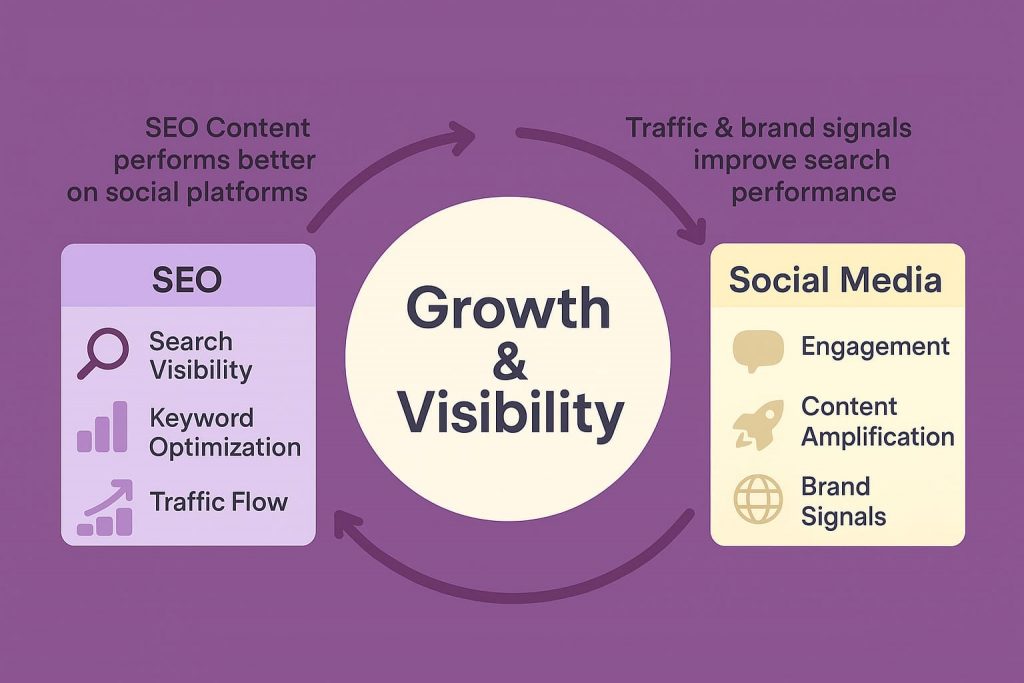
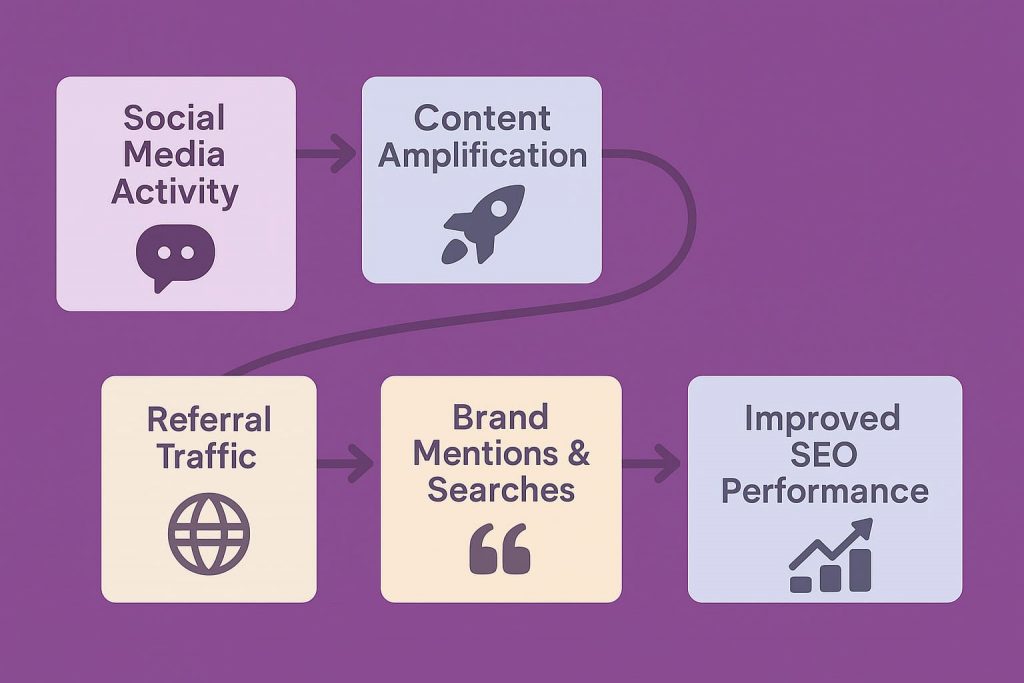
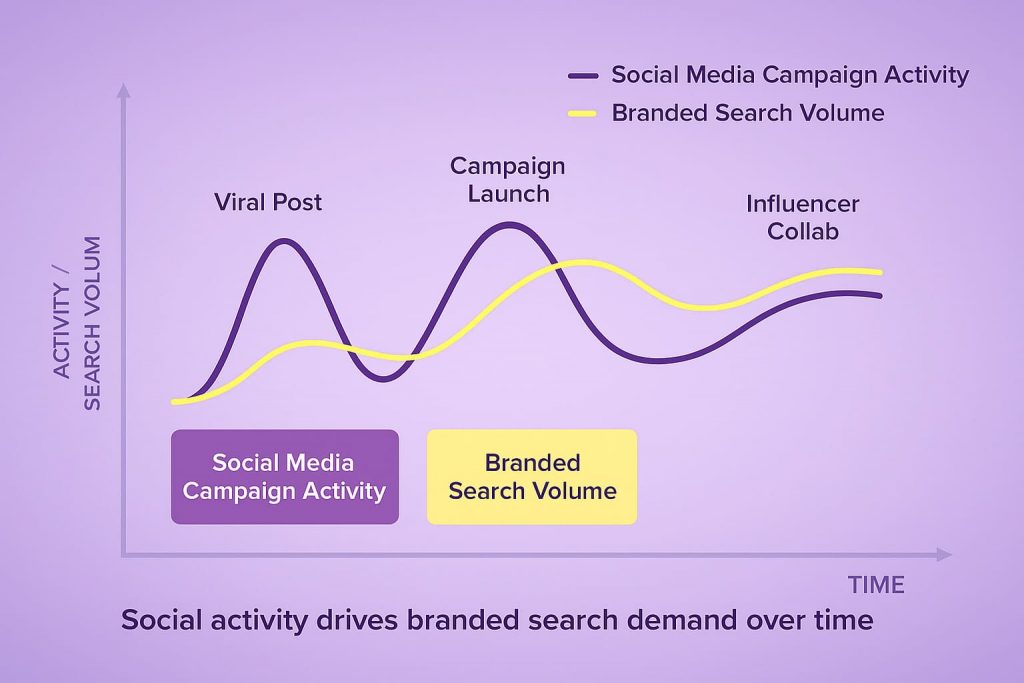
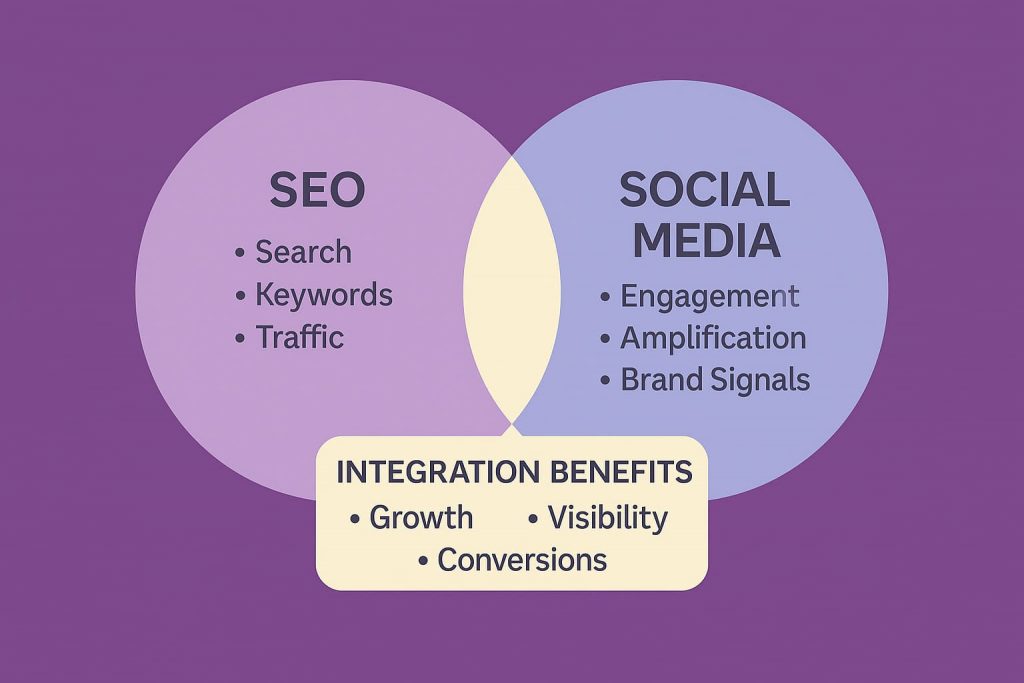
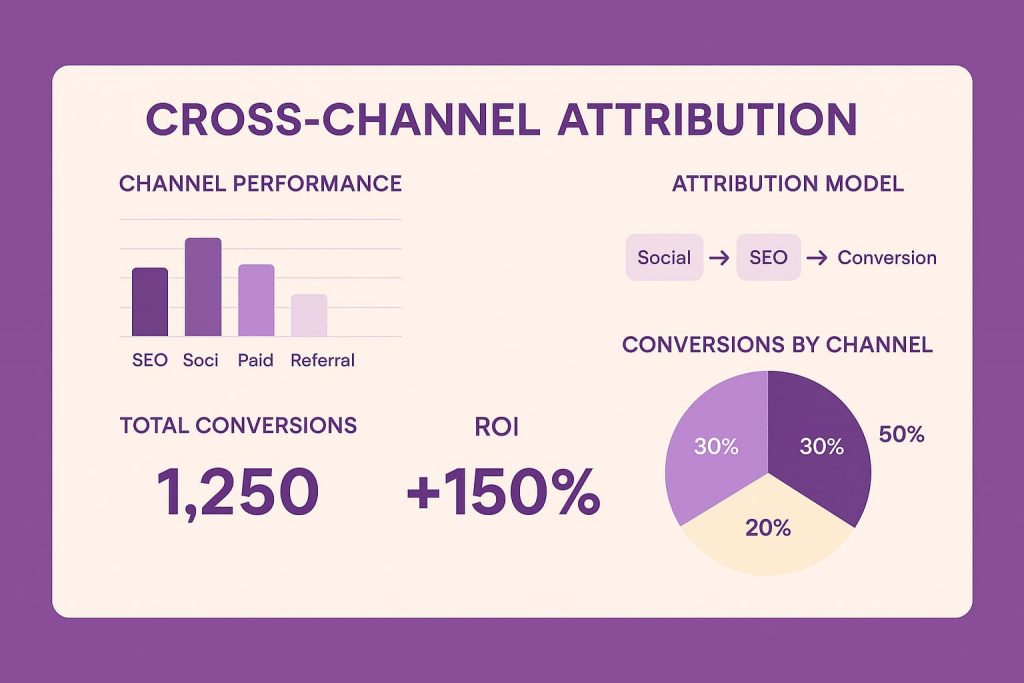
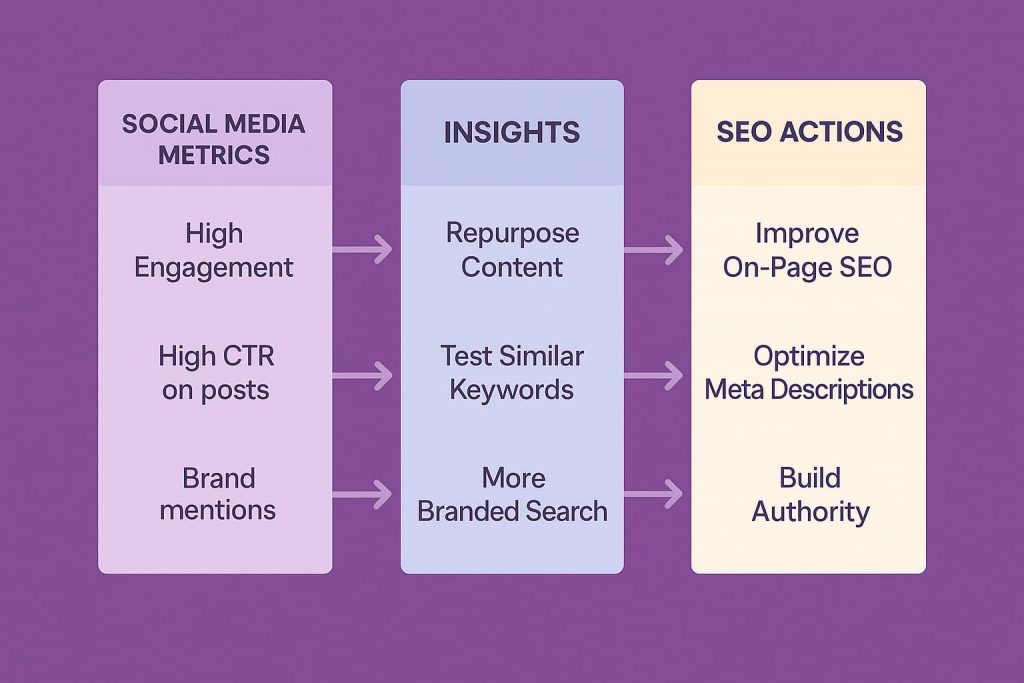
 Share
Share
 X
X
 LinkedIn
LinkedIn













